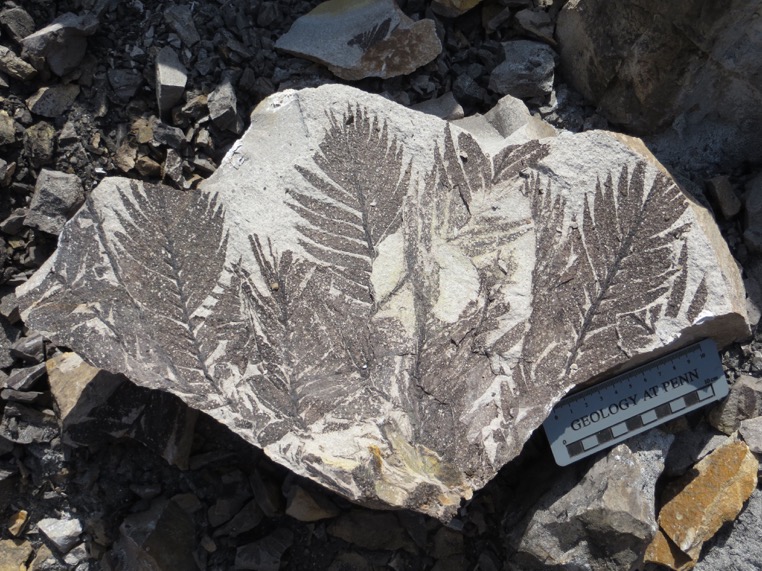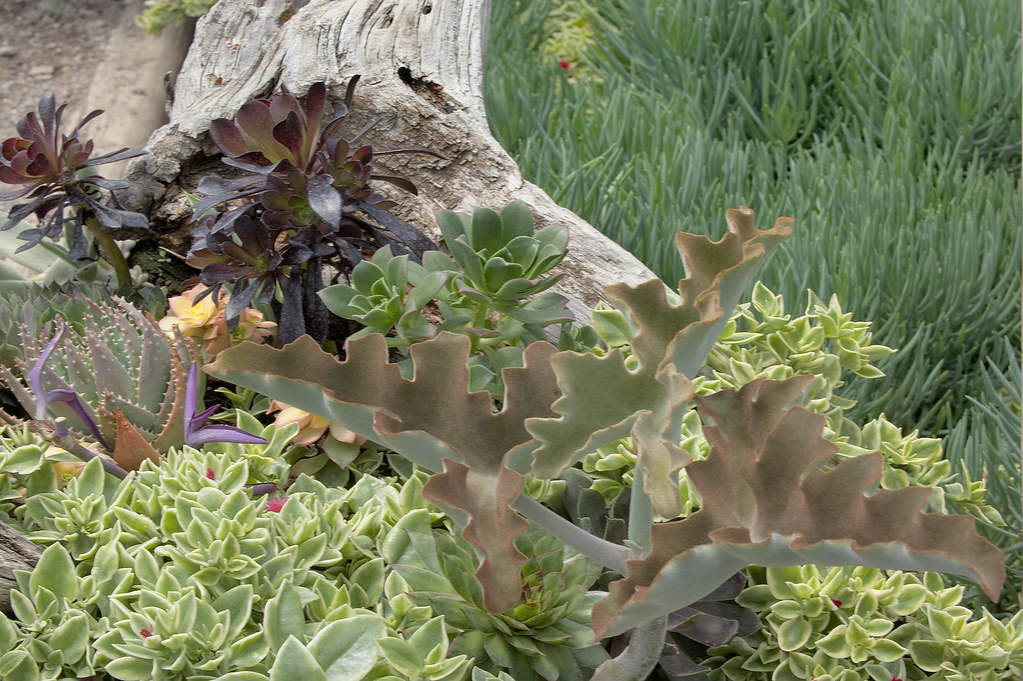The FINANCIAL — In 2003, paleobotanist Hermann Pfefferkorn of Penn’s School of Arts & Sciences and colleague Jun Wang of China’s Nanjing Institute of Geology and Paleontology made a remarkable find: a fossil forest, spectacularly preserved in a volcanic ash fall 300 million years ago. The site, in a mining area in northern China’s Wuda District, has provided a rich source of fossil specimens ever since.
As University of Pennsylvania, among the well-preserved fossils at this “Pompeii of prehistoric plants,” was that of Noeggerathaliales, a widespread spore-forming plant that lived 325-251 million years ago. Understanding its relationship to other plant groups has been limited by poorly preserved examples. Yet the exquisite condition of fossils at the Wuda site has allowed an international research team including Pfefferkorn and Wang to solve the mystery.

While Noeggerathaliales made spores like ferns, the team’s analysis revealed that the plants were instead highly evolved members of the lineage from which seed plants arose earlier. These plants are what dominate on Earth today.
“This was an enigmatic group of plants,” says Pfefferkorn, professor emeritus in the Department of Earth and Environmental Science and a co-author on the work, published in the Proceedings of the National Academy of Sciences. “We didn’t know where it belonged in the system. This paper solves that and shows at the same time that this was a very significant plant group for a long time, parallel to the seed plants.”
No longer considered an evolutionary dead end, Noeggerathiales are now recognized as spore-bearing Progymnosperms that evolved complex conelike structures from modified leaves. Despite their sophistication, Noeggerathiales fell victim to the profound environmental and climate changes of 251 million years ago that destroyed swamp ecosystems globally, an event known as the Permian-Triassic mass extinction.
“Thanks to this slice of life preserved in volcanic ash, we were able to reconstruct a new species of Noeggerathiales that finally settles the group’s affinity and evolutionary importance,” says Jason Hilton, a coauthor and reader in paleobiology at the University of Birmingham’s Institute of Forest Research. “The fate of the Noeggerathiales is a stark reminder of what can happen when even very advanced life forms are faced with rapid environmental change.”
Pfefferkorn notes that seed-bearing plants may have had an advantage over Noeggerathiales during the climate change events of the Permian-Triassic period. “These plants have somewhat restricted ecological preferences, only living in nutrient-rich environments,” he says, “while among seed plants, there are some that can live under tough circumstances, and seeds could, of course, survive longer than spores before germination.”
According to University of Pennsylvania, the researchers studied complete Noeggerathiales preserved in a bed of volcanic ash about 2 feet thick that smothered the area about 298 million years ago. The ash prevented the fossils from rotting or being consumed, and it preserved many complete individuals in microscopic detail.
“It was a sensation that we had this well-preserved specimen that showed the whole plant; the anatomy was there, the spores were there,” Pfefferkorn says.
He and Wang originally described the specimen more than a decade ago. “We recognized how significant it was,” Pfefferkorn says, “but we needed help from colleagues to fully characterize and work out the ancestral relationship between it and other plant groups.”
They pulled in experts from the United Kingdom, China, the Czech Republic, and elsewhere to work collaboratively on a deeper characterization of Noeggerathiales.
“It has taken many years to study these fully and the additional specimens we have found more recently,” says Wang, lead author on the work. “The complete trees are the most impressive fossil plants I have seen and, because of our careful work, they are also some of the most important to science.”
The researchers also deduced that the ancestral lineage of Progymnosperms from which seed plants evolved diversified alongside the earliest seed plant radiation during the Devonian, Carboniferous, and Permian periods and did not rapidly die out as previously thought.
Pfefferkorn notes that the new insights into Noeggerathiales paint a more complete and complex picture of the lives of ancient plants.
“Everyone knows that there were ancient animal groups that became extinct, even though they were very significant or even dominant in their time,” he says. “Noeggerathiales show us a similar pattern among plants.”
In addition to Pfefferkon, Wang, and Hilton, coauthors on the work were Shijun Wang of the Chinese Academy of Sciences, Yi Zhang of China’s Shenyang Normal University, Jiri Bek of the Academy of Sciences of the Czech Republic, Josef Pšenička of the Czech Republic’s West Bohemian Museum in Plzeň, Leyla J. Seyfullah of the University of Vienna, and David Dilcher of Indiana University.
The study was supported by the National Natural Science Foundation of China (grants 41530101 and 31470324), the Strategic Priority Research Program (B) of the Chinese Academy of Sciences (Grant XDB18030404), the Grant Agency of the Czech Republic (Project 19-06728S); the research plan of the Institute of Geology of the Czech Academy of Sciences, v.v.i. (Grant RVO67985831); the School of Arts and Sciences, University of Pennsylvania; and the Natural Environment Research Council (Grant NE/P013724/1).





